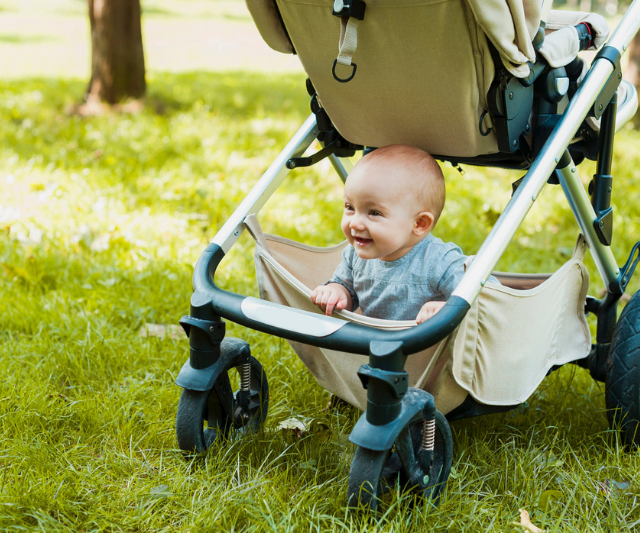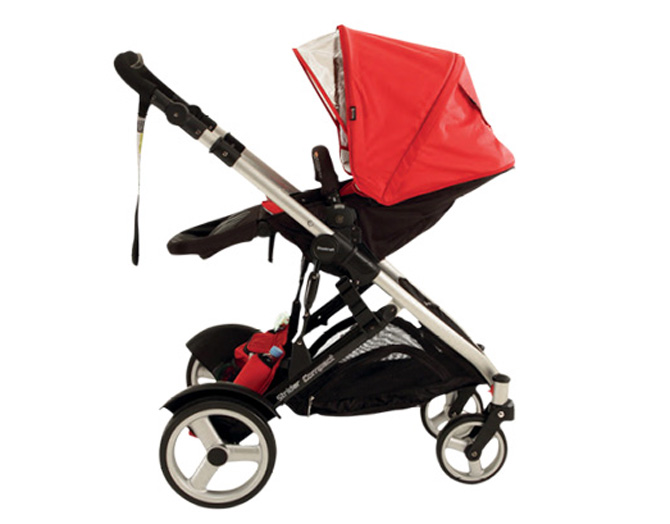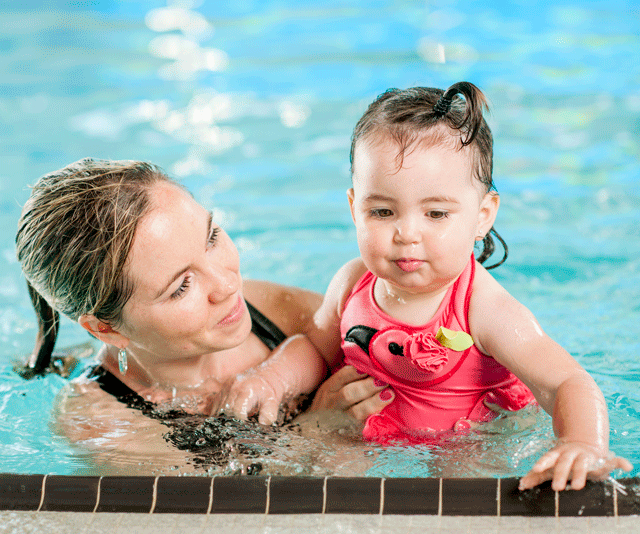With the warmer weather upon us parents are being urged to follow pram safety warnings and to not use a light muslin wrap or blanket as a pram cover.
CPR Kids Founder Sarah Hunstead has been a paediatric nurse for more than a decade and she says it’s a dangerous pram mistake too many parents make.
“Prams can heat up very quickly much like a car does,” she explains.
“In fact research suggests the temperature inside prams can heat up to 15 degrees more than the outside temp.”
“We need to be aware that our children need to be protected from the sun while in a pram or stroller, the key is ensuring adequate air circulation.”
The acronym P.R.A.M. is useful to remember:
P – Protect from the sun using a well ventilated shade designed for your pram
R – Regularly check on baby while in the pram
A – Air circulation is key. Make sure there is adequate air flow at all times
M – Make sure baby is always in your sight

When your out about about with bub this summer, remember this acronym.
(CPR Kids)In her role as a paediatric nurse, Sarah knows the consequences of what can happen if a baby overheats.
“In our hospital careers many of us have cared for babies with heat stroke or heat exhaustion from increased temperatures in prams or capsules, often with inadequate air circulation contributing to the rising heat,” says Sarah.
Sarah advises parents follow these tips when out with bub during the summer:
• Avoid going out in the hottest part of the day
• Consider outings to places that are air conditioned such as the library or shopping centre
• Dress your baby appropriately for the weather – loose, cool clothing
• Follow the P.R.A.M. acronym (above)
There are now specially made pram sunshields, like CoziGo which can be used to provide shade.
“A sunshield should be correctly fitted for your pram to ensure there isn’t a risk of strangulation or your baby being caught in the shade, and must provide adequate air circulation. You should also be able to see your baby,” explains Sarah.

When you’re out enjoying the sunshine, remember to regularly check on your baby.
(Getty Images)The NSW Department of Health says be aware of the following signs and symptoms for babies suffering heat exhaustion:
• looking unwell and more irritable than usual
• pale and clammy skin
• sleepy and floppy
• fewer wet nappies than usual
• dark urine (normal is light straw colour)
• refusing to drink (babies may feel uncomfortable to have skin contact when breastfeeding – try a towel on skin)
• intense thirst (but as the baby gets weaker, he/she may drink less)
• dry skin, mouth and eyes (no tears when crying)
• soft spot on baby’s head (fontanelle) may be lower than usual
What to do/ first aid:
• if you think your baby or young child is suffering from heat exhaustion, seek medical advice
• move baby or child to a cool area and remove all extra clothes
• try to give your baby or child drinks (unless unconscious and not able to swallow)
• a breastfed baby with heat exhaustion should be offered the breast as much as possible. Cool boiled water may be considered, particularly for babies over six months old or those already receiving other fluids
• a bottle-fed baby with heat exhaustion should be offered an extra bottle and cool boiled water
• an older child with heat exhaustion should be offered water or diluted fruit juice (1 part juice in 4 parts water)
• cover your child or baby with cool damp cloths or sponge he/ she down with water

If your baby is showing symptoms of heat exhaustion, cool them down with a damp cloth.
(Getty Images)

.png)
